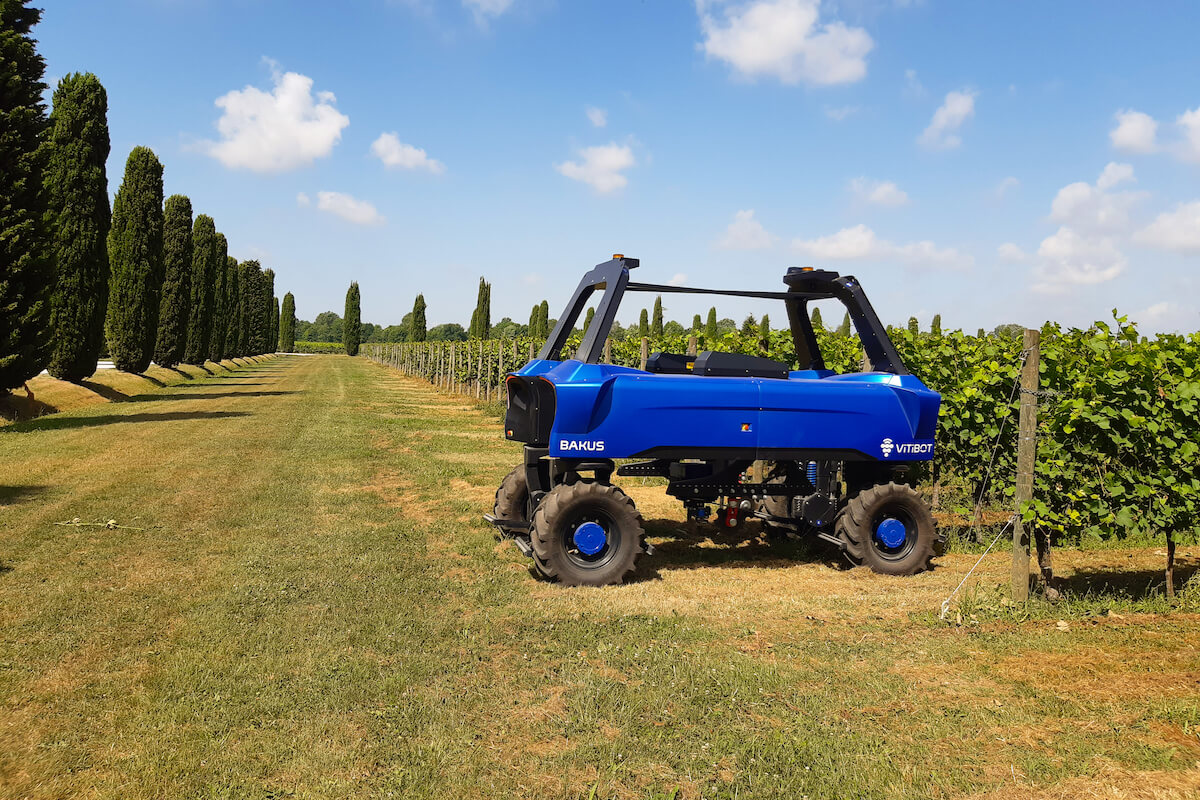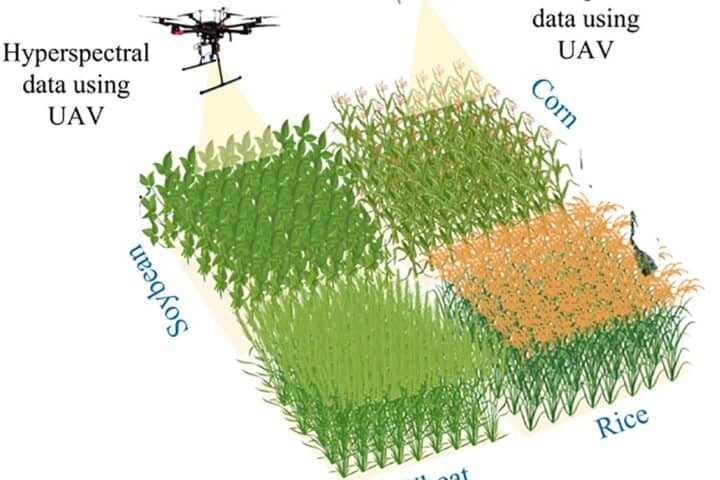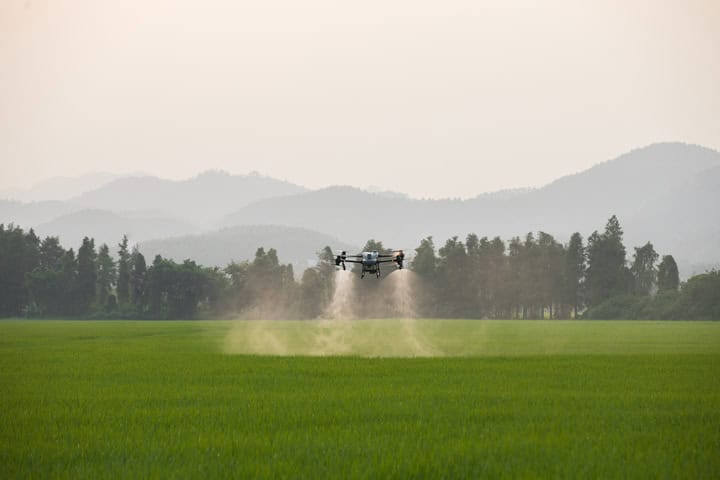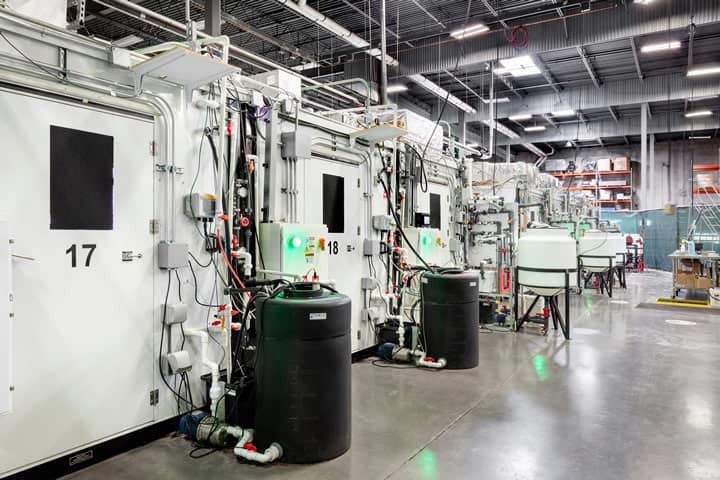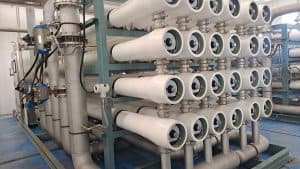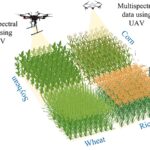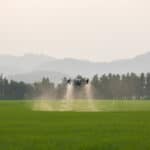As the agricultural industry faces mounting pressure to meet the demands of a growing population and evolving labor dynamics, addressing key equipment-related challenges becomes paramount. Emerging technologies such as predictive maintenance (PdM) powered by IoT sensors and machine learning offer reliable alternatives, reducing downtime and repair costs in Agriculture. Additionally, the adoption of electric vehicles (EVs) and hydrogen-powered machinery mitigates greenhouse gas emissions, aligning with sustainability goals. Cloud-based rental and sharing platforms democratize access to specialized machinery, fostering economic viability for smaller farms. Innovative materials and automation technologies combat corrosion and operator errors, enhancing efficiency and reducing reliance on human labor. Technology emerges as the cornerstone of agricultural advancement, offering solutions to a myriad of challenges and paving the way for a more sustainable and efficient future in agriculture.
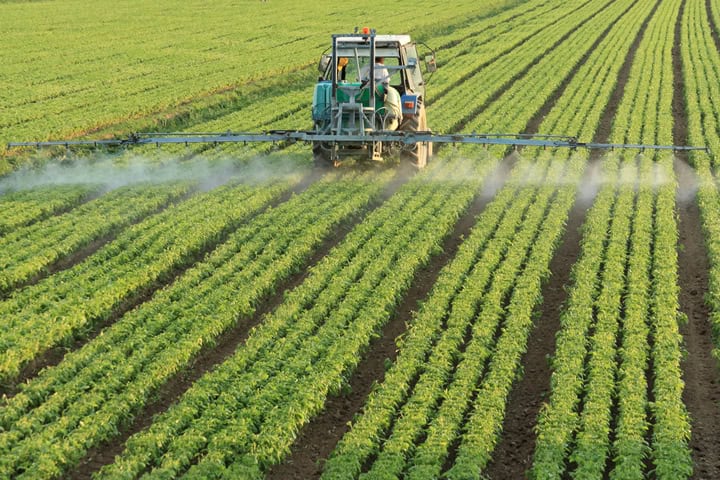
Agricultural equipment has come a long way over the industry’s history, but machine- related problems remain popular.
As a growing population demands higher farm productivity, and shifting labor places a greater emphasis on machinery, addressing these issues is becoming more important. Typical solutions are no longer adequate amid these shifting conditions, but farms must embrace fresh alternatives.
Luckily, the saying that necessity is the mother of invention holds true. There have been a number of cutting-edge solutions to some of farm equipment’s most important issues over the past few years.
1. Suboptimal Maintenance
Ongoing maintenance issues plague any industry reliant on big equipment, and agriculture is no exception. Repair- related tractor downtime costs U. S. farmers$ 3 billion per year, no including the higher labor costs of hiring mechanics.
Standard repairs cost money and take a lot of time, but unanticipated breakdowns cost even more. Striking an ideal balance between the two is n’t easy with conventional means, either, as up to 60 % of preventive maintenance tasks do n’t add any real value.
Emerging Solutions | IoT and AI Revolutionize Agricultural Equipment Maintenance
A more trustworthy alternative to predictive maintenance ( PdM ) is now possible thanks to recent advancements in IoT sensors and machine learning. To determine when equipment will fail, PdM analyzes real-time data from IoT sensors. Farmers are therefore informed of the problem by these algorithms so they can repair their equipment before it breaks down.
PdM addresses losses from unwanted protective repairs in addition to preventing unplanned downtime. Using AI and data to inform maintenance ensures that all fixes are accurate and correct. AI has a better ability than humans to identify simple trends, making it a more accurate way to assess the health of equipment.
Another technologies, like farm management software, help by providing a second point to organize and view all equipment’s maintenance records. This visibility reveals when it’s ideal to upgrade or replace machinery and makes it easier to overlook necessary repairs.
2. High Emissions
Another frequent problem with agrarian equipment is harmful emissions. The majority of this machinery runs on gasoline and diesel, which create greenhouse gases that can affect crops and affect climate change. Minimizing these farm emissions becomes all the more crucial as these laws become more prevalent.
Emerging Solutions | Hydrogen-Powered Agricultural Equipment: A Sustainable Alternative to Diesel
Some farm vehicles can also run on biodiesel, but these fuels still produce carbon emissions, albeit less than regular diesel. Electrification is a newer and more effective alternative.
Electric vehicles ( EVs ) have been around for a while in the consumer market, but over the past few years they have started to gain ground in industrial applications. Many of these are battery- controlled, but newer hydrogen equipment holds more extended- term potential for agriculture. Hydrogen-powered electric motors have two to three times more efficiency than gas alternatives and do n’t need the same lengthy charging times as battery-powered electric vehicles.
Although somewhat new, hydrogen tractors and various farm equipment are already on the market. As wet hydrogen becomes more attainable, these options will become extremely viable as an alternative to wasteful, hazardous fume- releasing diesel options.
3. Equipment Availability
Some of the most frequent issues with agricultural equipment are more to do with the purchase of the equipment than with the actual operation of the machinery. Although there are considerable upfront costs involved in meeting that need, labor shortages have increased the need for machinery.
Businesses spend more than$ 100 billion annually on maintenance and repairs for facilities and important equipment, excluding the purchase price. Due to these large costs, it’s challenging to expand, particularly for smaller farms.
Emerging Solutions | Cloud-Based Equipment Sharing: Democratizing Farm Technology Access
Leading farm equipment is more expensive thanks to some innovative technologies. However, the development of cloud-based equipment rental and sharing platforms provides a more attainable business model.
These solutions use farm equipment to implement the core principles of consumer apps like Uber and AirBnB. Through an online marketplace, farmers who own specialized machinery can rent it to local farms. In this way, farms with surplus machines can make up for losses brought on by depreciation, while those who rent from them can buy new ones without paying large ownership fees.
Additionally, this democratization has advantages outside of the economic sector. As first examples have shown, these platforms have encouraged some farmers to diversify their farms as the essential equipment becomes more affordable. In turn, this diversification promotes healthier crops and more climate resilience.
4. Corrosion
Most certain equipment issues vary widely between machines, but some are almost common. Similar to corrosion, where dirt, dirt, and other elements farm equipment usually gets sucked into tend to eat away at metal.
Emerging Solutions | Corrosion Resistance in Farm Equipment
The traditional method for battling corrosion in farm equipment is to use corrosion-resistant additives on metal surfaces. Although some of these coatings work, they add cost to the overall cost and wear out over time. More recently, equipment manufacturers have created more enduring alloys that have the same resistance from the beginning.
Some fascinating carbon alloys have a three to fivefold higher corrosion resistance than zinc, nickel, or chrome, for example. This material is used to make farm machinery parts, so it can be used again without having to spend money on new chemical resistors.
The use of laser technology to texture metal surfaces is another emerging option. These micro patterns can cause the metal to become polar, preventing rust and other possible fouling from wet sitting on the surface.
5. Operator Errors
The growing inability to employ experienced labor to run these machines is another popular equipment problem. Regular farm tools simply serve as long as the farmhand is able to use them. Thus, human error is popular, leading to inefficiency and accidental breakdowns from misuse.
The issue is getting worse as labor issues get worse. As many as 63 % of farmers in some areas believe that having a hard labor force is a critical issue, which will probably get worse given that farm hands ‘ median age is around 56. As labor becomes scarcer, stress and workloads increase, making operator errors more possible.
Emerging Solutions | The Rise of Automated Farm Equipment
Automation is a technique that has been used in manufacturing for years but has only just advanced in agriculture. Automated farm equipment reduces labor shortages while reducing the chance of human error.
Fully automatic tractors will become more and more popular starting in 2022 as well as other well-known brands ‘ releases. While this technology may never be credible enough already for driving on city streets, it’s more than competent in predictable, less traffic- large farms. Some of these vehicles can process sensory information in just 100 milliseconds, which technically increases safety by allowing them to react more quickly than a human driver.
Farms can also make use of intelligent harvesting robots, which have been around a little longer and may be more trustworthy. Although these technologies have large upfront costs, their effectiveness and shorter errors-related downtime make up for them over time.
Technology Is the Answer to Numerous of Agriculture’s Problems
The world needs the agrarian industry, but farms must evolve to meet growing demands. While each farm faces a distinct set of challenges, some of the most common issues are achievable with new technology. These innovations may change the way agriculture is viewed as more attainable as they become more accessible.
